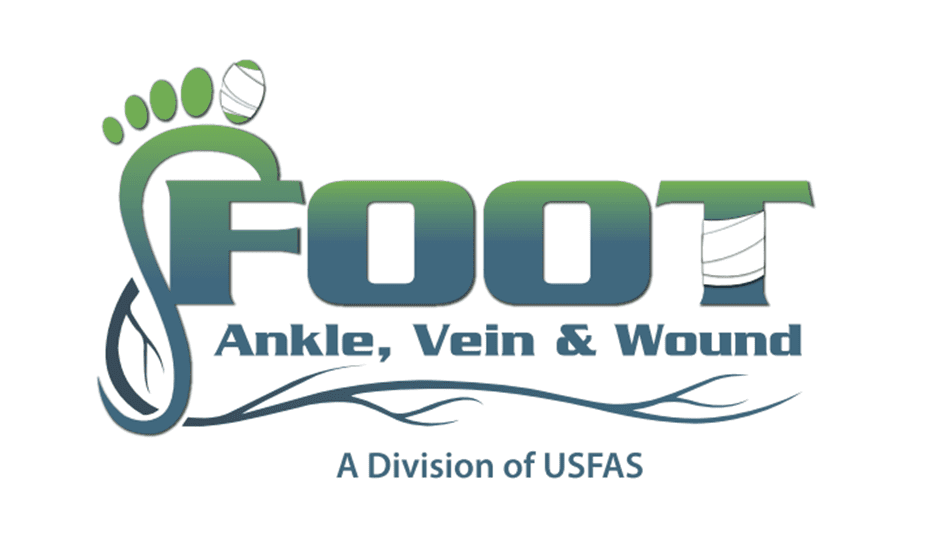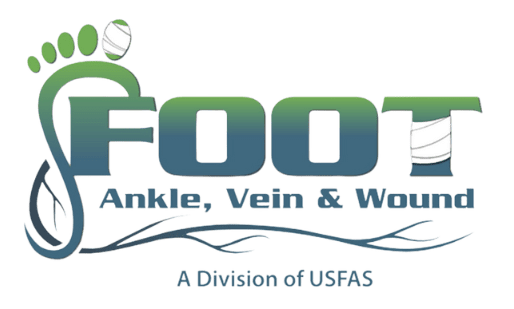
As a general rule of thumb, we attempt to treat every foot and ankle condition in the least invasive way possible. The good news is that many problems are effectively resolved with conservative treatment. Sometimes, though, we do need to use more advanced solutions, even for a nail problem like ingrown toenails.
For a fairly basic ingrown nail, we may be able to provide relief with medication and gently lift the ingrown edge so the nail can grow out in a normal manner (over the skin). Depending on your level of comfort—and provided you do not have diabetes—you might even be able to do this yourself.
Ingrown toenail removal, though, is something we may recommend for more severe cases. Our medical team can help you find relief by either partially or completely removing an affected nail. Complete (and permanent) removal is often a necessary measure to address toenails that repeatedly become ingrown. In these cases, there is no amount of trimming that will provide lasting comfort or prevent the condition from recurring.
The steps for an ingrown toenail removal are basically:
- The affected toe is anesthetized and prepared for the procedure. We know it may sound like it’d be painful to have a toenail removed, but the anesthesia will numb sensations to make the procedure as painless as possible.
- A surgical tool is used to cut the nail from the free edge to the back of the matrix bed. The part of the nail to be removed from the nailbed is loosened. It may be relieving to know that the tool we use doesn’t cut into the nailbed – only the nail.
- Forceps are then used to grasp the nail to be removed. The nail border is then separated from the nail margin with a twisting motion.
- The exposed matrix cells—the ones that cause nail tissue to grow—are then sterilized to prevent the nail from growing back.
- The affected toe is then bandaged and you will be given post-operative instructions, which includes keeping the site clean, using triple-antibiotic ointment, and keeping the area covered with a clean bandage.
At this point, we’d like to reemphasize both the fact that you will be anesthetized—so no need to worry about pain—and that we reserve this option for cases that are either severe or chronic. If your ingrown toenail isn’t as much of an issue, then you may simply need conservative care.
No matter which kind of treatment you need for an ingrown toenail, you can rest assured knowing that our team at Foot & Ankle Clinic of the Virginias can provide it for you. We take pride in providing comprehensive foot and ankle care, so contact us today. Request your appointment by either filling out our online form or calling us at (800) 456-8637.

